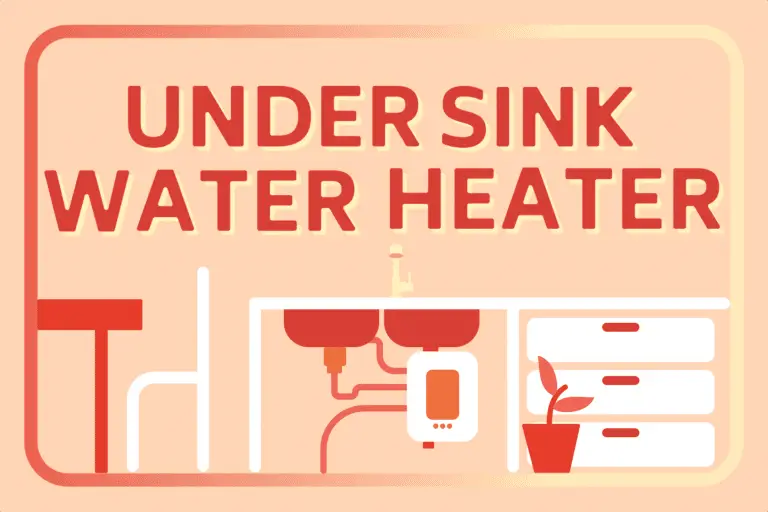Replacing a water heater is normally pretty straightforward.
However, if you don’t have the correct tools, it can be an impossible task. You might need some baseline knowledge of electrical and welding.
If you don’t have any experience, it is highly recommended to call a professional. Both HVAC and Plumbing companies replace and repair water heaters. Occasionally, local handyman companies do as well.
Removing the Old Water Heater
- Turn off power at the breaker panel (if electric) or shut the gas off (if gas)
- Close the cold water valve
- Drain the water heater (do this by attaching a garden hose to the drain and opening the drain valve or drain screw)
- Open the hot water faucets in your home
- Disconnect the water lines
- If you have flexible lines, you can just loosen the fittings
- If you have rigid copper pipe, you will have to cut it free with a tubing cutter
- Disconnect the electrical (if electric) or disconnect the gas line (if gas)
- Unscrew the vent hood from the top of the water heater (you will reuse this piece for the new water heater)
- Wait for the water heater to drain, and then remove it
Installing the New Water Heater
- Line the new water heater up with the water lines
- Attach the water lines
- If using flexible lines, you will simply need to apply pipe tape and tighten the fittings
- If using rigid copper piping, you will have to weld them in place. You will need to get some fittings from the hardware store to attach the lines. You’ll need a fitting that screws onto the water heater, a section of straight pipe, and a coupling for each side. Weld these with silver solder and flux.
- Attach the gas line (if gas) or connect the electrical (if electric)
- When using a gas line, you will want to use a pipe compound to ensure a leak-free connection
- Reconnect the vent
- Open the water lines
- Turn the power on (if electric) or turn the gas on (if gas)
- Check for gas leaks using a small container of soapy water and a paintbrush or makeup brush. Shake up the soap until it is frothy and soap up around the fittings. If you see any bubbles, you have a leak and need to tighten the fitting another turn
- Light the pilot light. There will be instructions on the water heater that show you how.
- Leave the hot water faucets on to bleed out the air. When they stop spitting air, you can turn them off
Remember: the tank will take a couple of hours to fill and heat all the cold water. You won’t have hot water right away!

Hey there! I am Benas, the founder and content editor at Home Caprice. Thanks for reading the article. I hope you were able to find what you were looking for. I and my team are here to simplify heating and cooling for everyone. Please have a look at the About page for more details about our website and feel free to check out our editorial process.

These 28 Tricks Help Me Save $93 On Electricity Bill... EACH MONTH
Download this FREE cheat sheet to find 28 tricks that can help you save on your electricity and heating bill each month.
Click here to get a FREE Cheat-Sheet![Best Tankless Water Heaters [A-Z Guide]](https://homecaprice.com/wp-content/uploads/best-tankless-water-heater-768x512.png)
![How Long Do Water Heaters Last [Quick Answer]](https://homecaprice.com/wp-content/uploads/how-long-do-water-heaters-last--768x512.png)
